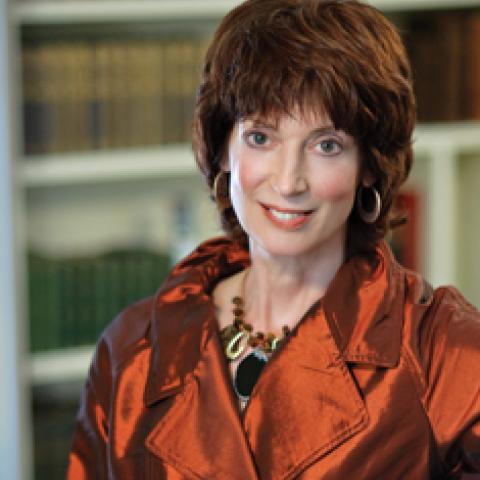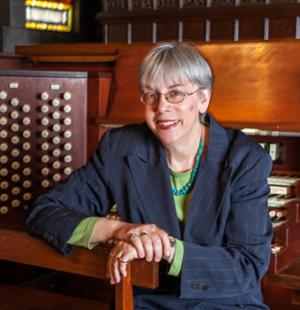Gail Archer is an international concert organist, recording artist, choral conductor and lecturer who draws attention to composer anniversaries or musical themes with her annual recital series including Max Reger, The Muse's Voice, An American Idyll, Liszt, Bach, Mendelssohn and Messiaen. Ms. Archer was the first American woman to play the complete works of Olivier Messiaen for the centennial of the composer's birth in 2008; Time Out New York recognized the Messiaen cycle as "Best of 2008" in classical music and opera. Her recordings include her new CD release (August, 2020) Chernivtsi, and A Russian Journey, The Muse's Voice, Franz Liszt: A Hungarian Rhapsody, Bach: The Transcendent Genius, An American Idyll, A Mystic In the Making (Meyer Media), and The Orpheus of Amsterdam: Sweelinck and his Pupils (CALA Records). Ms. Archer's 2019 European tour took her to the British Isles, Italy, Spain, Ukraine, Poland, Russia and Malta. Highlights include St. Giles Cathedral, Edinburgh, Scotland, the Basilica of Loyola, San Sebastian, Spain, St. Mary’s Cathedral, Cracow, Poland, Holy Cross Church, Lublin, Poland, the Philharmonic of Lviv, Ukraine, and the Lutheran Cathedral of St. Peter and St. Paul, Moscow, Russia. She is the founder of Musforum, www.musforum.org, an international network for women organists to promote and affirm their work.
Ms. Archer's recordings span the seventeenth to the twenty-first centuries, a festive discography that highlights her musical mastery on grand Romantic instruments as well as Baroque tracker organs. Her most recent CD (August, 2020), Chernivtsi, recorded on a Rieger-Kloss organ at the Armenian Catholic Church, Chernivtsi, Ukraine, features contemporary Ukrainian composers including Bohdan Kotyuk, Tadeusz Machl, Mykola Kolessa, Svitlana Ostrova, Victor Goncharenko, and Iwan Kryschanowski. This recording was made possible by generous grants from Barnard College, Columbia University, and the Harriman institute, Columbia University. Her 2017 CD, A Russian Journey, includes Russian organ literature from the 19th–21st century by Glasunow, Cui, Ljapunow, Slonimski, Shaversashvili and Mussorgsky. The Muse's Voice features music by women composers—Jennifer Higdon, Judith Bingham, Nadia Boulanger and Jeanne Demessieux. During the 2012–2013 season, Ms. Archer released her recording of masterworks and transcriptions by the great Romantic keyboard artist and composer, Franz Liszt, Franz Liszt, A Hungarian Rhapsody. Bach, the Transcendent Genius celebrates the brilliant improvisations on Lutheran hymn tunes of the "Great 18" chorale preludes. The release on Meyer-Media, is the first recording on the Paul Fritts tracker organ at Vassar College, Poughkeepsie, New York. An American Idyll, released by Meyer Media in August 2008 and recorded on the E. M. Skinner/Randall Dyer organ at Rollins College, Winter Park, Florida, features American organ music from 1900 to the present, including music by Joan Tower and a work commissioned by Ms. Archer, Praeludium super Pange Lingua by David Noon. Her centennial concerts in honor of Olivier Messiaen also produced A Mystic In the Making recorded on the Aeolian-Skinner organ at Columbia University, which includes two complete cycles, L'Ascension, and Les Corps Glorieux. Her solo debut CD, The Orpheus of Amsterdam: Sweelinck and his Pupils, recorded on the Fisk organ at Wellesley College, was released in 2006 by London's CALA Records.
Ms. Archer is college organist at Vassar College, and director of the music program at Barnard College, Columbia University, where she conducts the Barnard-Columbia Chorus and Chamber Singers, and is a member of the faculty at the Harriman Institute, Columbia University. She serves as director of the artist and young organ artist recitals at historic Central Synagogue, New York City.
For information: http://www.gailarcher.com/.





